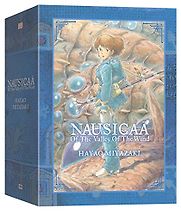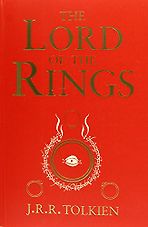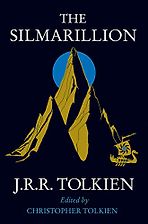Recommendations from our site
Shuna’s Journey — published in 1983, before the launch of Studio Ghibli — is finally available in English. There are seeds of themes and characters which fans will recognise from more famous later works, and similarities with Nausicaä in particular. But Shuna’s Journey is unique, a stand-alone graphic novel based on a Tibetan folk tale called The Prince Who Turned into a Dog. Shuna travels through a breathtaking variety of landscapes and the watercolour art makes it a visual feast. Much of the scenery is inspired by Tibet but there are also ocean and primeval forest. The traditional folk tale is about the people’s gratitude towards barley, their staple crop; Miyazaki envelops it in a narrative about slavery and people consumed by greed and estranged from nature.
This graphic novel is an early work by the iconic Hayao Miyazaki, available in English for the first time. With simple language and not much text, children as young as 10 can enjoy it although it is primarily aimed at young adults. Read more about it in our selection of best books of 2022 for teens.
This graphic novel is an early work by the iconic Hayao Miyazaki, available in English for the first time. With simple language and not much text, children as young as 10 can enjoy it although it is primarily aimed at young adults. Read more about it in our selection of best books of 2023 for teens.
Shuna’s Journey — published in 1983, before the launch of Studio Ghibli — is finally available in English. There are seeds of themes and characters which fans will recognise from more famous later works, and similarities with Nausicaä in particular. But Shuna’s Journey is unique, a stand-alone graphic novel based on a Tibetan folk tale called The Prince Who Turned into a Dog. Shuna travels through a breathtaking variety of landscapes and the watercolour art makes it a visual feast. Much of the scenery is inspired by Tibet but there are also ocean and primeval forest. The traditional folk tale is about the people’s gratitude towards barley, their staple crop; Miyazaki envelops it in a narrative about slavery and people consumed by greed and estranged from nature.








